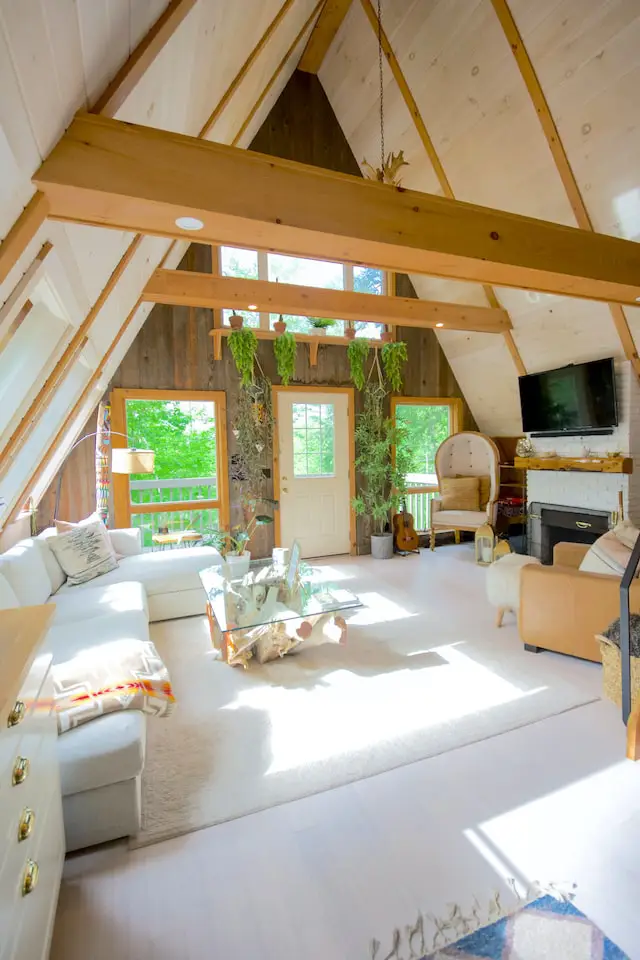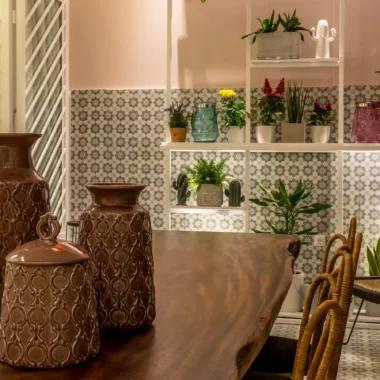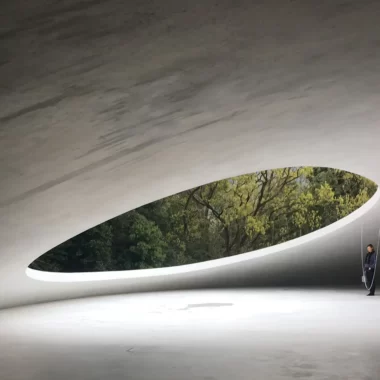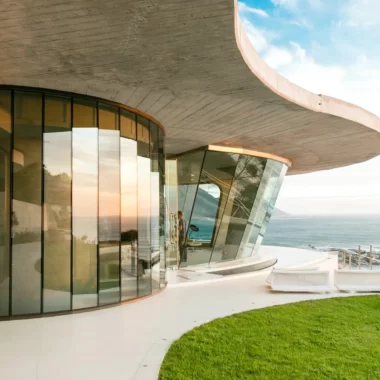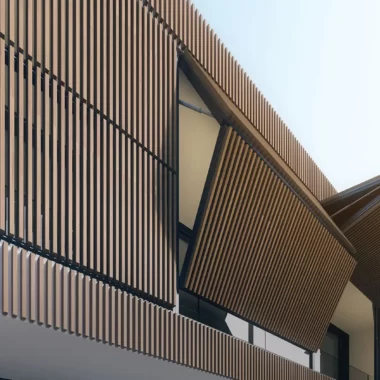If a proposed biophilic design doesn’t focus on aspects of nature that contribute to human health, well-being and productivity, it’s not biophilic. Biophilic design can be organized into three categories – Nature in the Space, Natural Analogues, and Nature of the Space.
Table of Contents
Biophilic Design and its Theory
Biophilic design seeks to connect our inherent need to affiliate with nature in the modern built environment. As an integrated extension of the biophilic theory, biophilic design recognizes that our species has evolved for more than 99% of its history in adaptive response to the natural world and not to human-created or artificial forces.
We became biologically encoded to associate with natural features and processes. Rather than being vestigial – or relevant to a world that no longer exists – this need is thought to remain instrumental to people’s physical and mental health, fitness, and well-being.
The effectiveness of biophilic design depends on interventions that are connected, complementary, and integrated within the overall environment rather than being isolated or transient.
Stephen R. Kellert
Biophilic Design Features
Since today’s “natural habitat” is largely the built environment, where we now spend 90% of our time, biophilic design seeks to satisfy our innate need to affiliate with nature in modern buildings and cities. Thus, the fundamental goal of biophilic design is to create good habitat for people as biological organisms inhabiting modern structures, landscapes, and communities.
Accomplishing this objective depends on meeting certain conditions. First, because biophilia is essentially about evolved human tendencies, biophilic design focuses on those aspects of nature that, over evolutionary time, have contributed to our health and well-being. Let us be clear on this point: Any occurrence of nature in the built environment cannot be called biophilic design if it has no bearing on our species’ inborn tendencies that have advanced our fitness and survival.
Simply put, biophilic design focuses on those aspects of the natural world that have contributed to human health and productivity in the age-old struggle to be fit and survive. Thus, desert or deep-sea habitats or microorganisms or alien or extinct species or other obscure aspects of nature are largely irrelevant as aspects of biophilic design because they offer little if anything in the way of sustained benefits to people.
Another distinguishing feature of biophilic design is its emphasis on the overall setting or habitat and NOT a single or isolated occurrence of nature. All organisms exist within connected and related environments bound together as integrated wholes or ecosystems. When the habitat functions in the best interests of the organism, the ecosystem performs at a level greater than the sum of its individual parts.
By contrast, habitats comprised of disconnected and unrelated elements provide few benefits to their constituents and may even harm individual members. Thus, simply inserting an object of nature into a human-built environment, if unrelated or at variance with other more dominant characteristics of the setting, exert a little positive impact on the health and performance of the people who occupy these spaces.
Biophilic Design Main Characteristics
These distinctive characteristics yield a set of five conditions for the effective practice of biophilic design. Each underscores what is and IS NOT biophilic design:
- Biophilic design emphasizes human adaptations to the natural world that over evolutionary time have proven instrumental in advancing people’s health, fitness, and well-being.
- Biophilic design depends on repeated and sustained engagement with nature.
- Biophilic design requires reinforcing and integrating design interventions that connect with the overall setting or space.
- Biophilic design fosters emotional attachments to settings and places.
- Biophilic design fosters positive and sustained interactions and relationships among people and the natural environment.
Direct Experience With Nature
Unfortunately, modern society has insufficiently supported the human need to affiliate with nature, erecting various obstacles to the satisfying experience of the natural world, often treating nature as simply raw material to be transformed through technology or a nice but NOT necessary recreational and aesthetic amenity.
This increasing separation from nature is reflected in much of our modern agriculture, manufacturing, education, healthcare, urban development, and architectural design.
The original source of this information is MetropolisMag and can be found here.
DISCOVER MORE ABOUT SUSTAINABLE BUILDINGS & BIOPHILIC DESIGN IN CRETE, GREECE.


